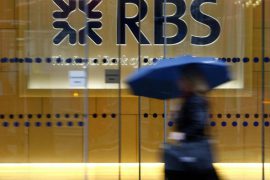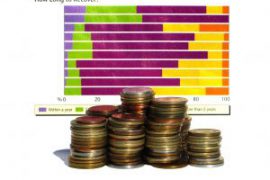Savers facing with returns on their nest eggs torpedoed by inflation ravaged low interest rates have a ray of hope at last.
One of the hidden gems of Chancellor George Osborne’s Budget was that the government-back National Savings and Investments will relaunch index linked savings certificates later this year.
Although the move offers little help to savers with cash languishing in ISAs offering miserable returns, the long-term prospect is cheering.
The NS&I closed inflation-linked savings last year as savers piled in cash. Now, the government has green-lighted the agency to take in £2 billion of savings in the next financial year.
The NS&I has already indicated index-linked bonds will be part of their offering to investors.
So what’s the big deal?
The certificates are guaranteed to beat inflation if they are held for the full term – generally three to five years.
They are linked to the retail price index (RPI) that publishes a higher headlinerate than the now more common consumer price index (CPI) because the RPI includes housing costs.
While interest rates are low and inflation is relatively high – RPI is 5.5% – only a handful of ISAs have rates of return topping 4.4% but the NS&I bonds are guaranteed not only to match but also beat that rate.
Instead of a negative return on savings when inflation is included in the equation, investors will see some profit from sheltering their money in an NS&I bond.
For example, a saver with £1,000 invested in a three-year index-linked bond on April 6, 2009, has made a guaranteed return of £114, making the value of the bond £1,114.
NS&I investments are popular because they are risk-free. HM Treasury underwrites the NS&I, which has 26 million investors with more than £100 billion invested.
Meanwhile, the Chancellor also announced that ISA investment thresholds in future tax years would be linked to CPI instead of RPI.




